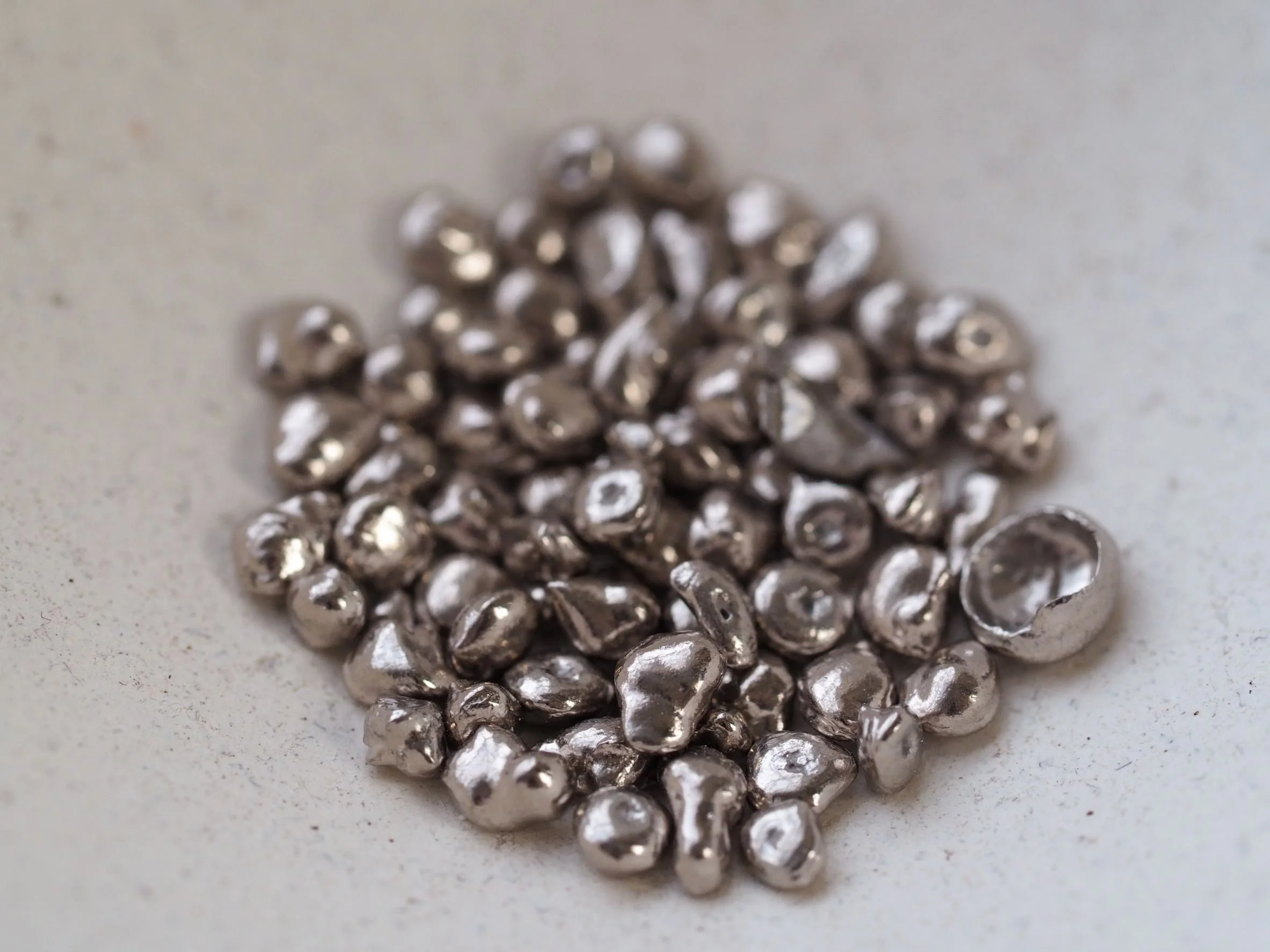What Different Types of Gold are There?
When gold comes out of the ground it is always that luxurious, yellow, metallic colour that we are all familiar with. However, when it comes to jewellery, there are many different types of gold that can be used.
Whilst all variations of gold will contain some of this yellow metal, exactly how much and what metals it is mixed or ‘alloyed’ with will vary.
Firstly, gold can be mixed with other metals to change what colour it is. This is how we end up with yellow gold, white gold, and rose gold. It can also be mixed in different proportions to change its physical properties, like how hard it is or its melting point.
18ct yellow gold
Yellow gold
Yellow gold is gold. This sounds silly, but, by saying this, you probably know what I mean. Pure gold is very soft, so for the purpose of making jewellery it is alloyed with other metals to give it added strength. Unlike the metal used to make white or rose gold, the aim is to change the colour of yellow gold as little as possible.
Despite this, 9ct yellow gold will have a different colour to 18ct, 20ct, and 24ct gold.
White gold alloy
To create white gold, white metals like silver and palladium are added to the gold. The exact amounts of these other metals differ and there are many different types of white gold alloys. The exact amounts of these other metals determine the exact colour of the finished product. White gold alloys tend to still have a hint of yellow, especially an 18ct white gold, as 75% of the metal is pure gold. For this reason, jewellery made from white gold is often rhodium plated. This plating can wear off and will need to be replaced.
In recent years, white gold alloys with high palladium content have become popular. This is because they do not need to be re-plated like traditional white gold alloys.
Rose gold
Rose gold is a gold that is mixed with a high percentage of copper to give it a recognisably warmer, pinker colour. Popular in jewellery from the Victorian Era, rose gold has become more popular again in recent times. Pink gemstones, for instance pink sapphires or even pink diamonds, can be set in rose gold to boost their colour.
Gold carats
All of the different colours of gold can be made into alloys that have a different amount of pure gold in. These are known as ‘carats’, for instance 18ct gold. In different countries, different carats are used in jewellery. In the UK, 9 and 18ct gold are used most often, whereas in the US 9, 10, 14 and 18ct gold are the most frequently used.
9ct gold is the lowest ct of gold that is regularly used in jewellery and is 37.5% pure gold.
Most fine jewellery in the UK is made from 18ct gold, which is 75% gold, whilst in India, where gold jewellery is bought as an investment and store of wealth, 24ct gold is popular.
Ethical gold
No matter what colour or ct gold is, it is possible to buy gold that comes from mines that look after both the people who work there and the environment in which they operate. Ethically sourced gold is available through the Fairtrade Foundation and Fairmined who represent and assist miners in developing countries in South America, Africa and Asia.






